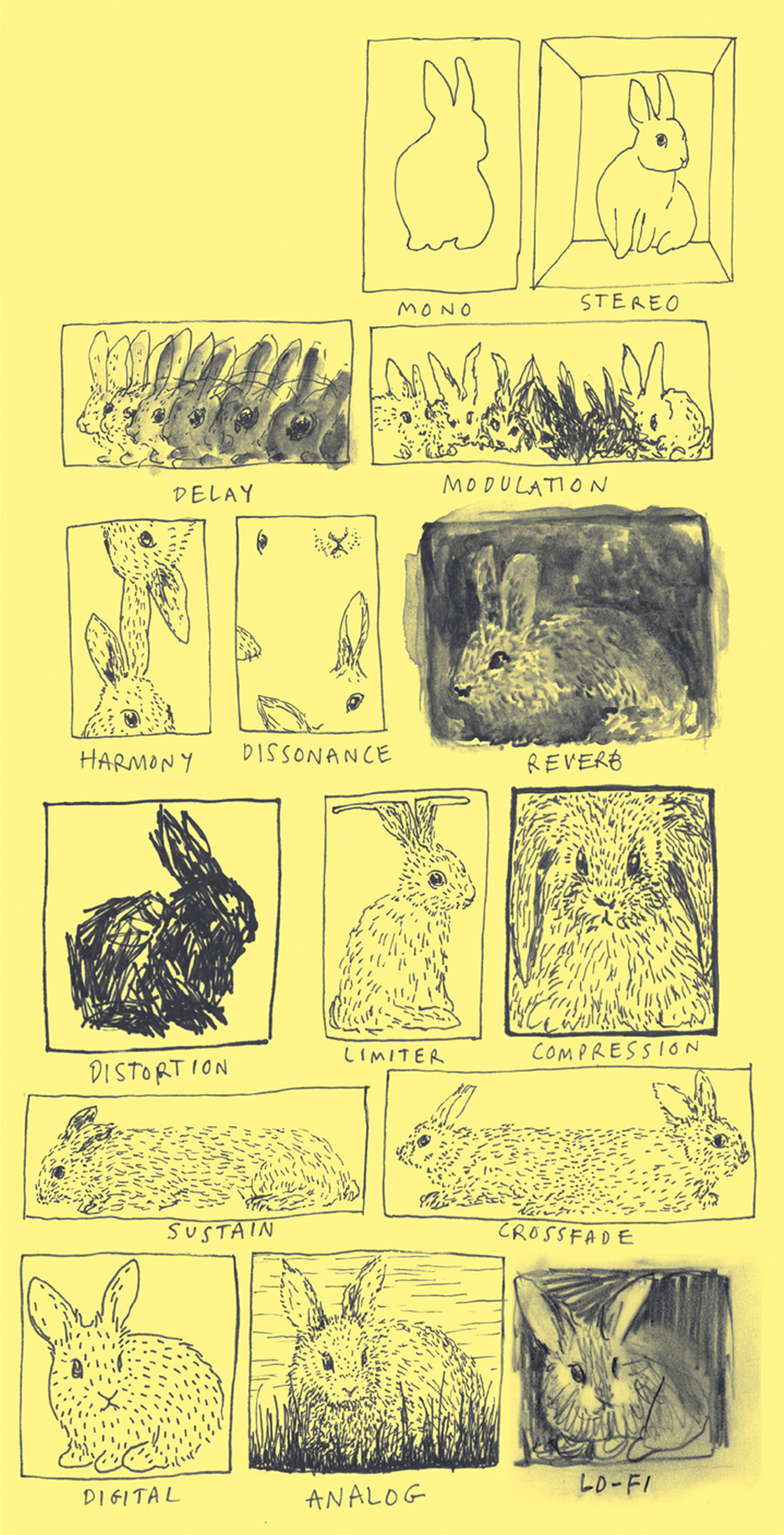The Retrospec Juice Box is an all tube, Class A direct-
injection box for recording musical instruments. It is fairly simple in layout and unique in looks. It has the usual 1/4'' I/O and an XLR output to feed a mic preamp, console or converter. The unbalanced 1/4'' Amp Out is buffered by the first-stage tube and is nominally unity gain. The balanced XLR output can be switched for -20 dB operation (typical to feed into a microphone input); unity gain (for mic or low-level line input); or +20 dB with a continuously variable gain knob (for going direct to converter or tape). The white finish and red lettering make seeing the controls very easy. The toggle switches and knobs are very tactile. Since the unit is all tube, the enclosure is vented with small holes all over, making it look somewhat like a cheese grater; and indeed that is nickname I've always given the box around my workshop.
What makes the Juice Box a bit unique compared to other valve DI boxes is that the Juice Box is completely tube, without any transformers in the signal path (only in the power supply). To that end, only the Juice Box sounds like the Juice Box. Now this is not a cop out as I've tried the original Juice Box against many DI boxes over the years -and more recently, this remake. I know of no other DI made that has these unique design features and sound.
Retrospec's Ken McKim [see his interview at tapeop.com] has been a major player in the audio community for well over 40 years. Beginning his career as a tech at the famous Sigma Sound in NYC in the late '60s and then moving on to Bearsville Studios as head tech for the next 17 years, and subsequently ending up at Allaire Studios (until their closing a few years ago), Ken has "been around the block" as they say. Ken knows equipment. Ken knows tubes. Ken knows sound. Indeed, the concept for the Juice Box came from a DI being needed on a session for a well-known artist at Bearsville. Ken simply looked up the schematics for building an "OTL line transmission amp" in one of the old audio "cookbooks" (U.S. Navy's Preferred Circuits) and adapted it heavily. The next morning, he presented the unit to the "shocked" artist and the rest as they say was history.
I tried the remake of the Retrospec Juice Box with a number of active and passive basses along with the bass and guitar side of my Chapman Stick with excellent results every time. There is something to be said for the solid midrange that tubes give. It's as if all the frequencies get captured and reproduced from the source. The bottom end is tight and clean. Transformers can saturate the low end giving a "larger than life" albeit exaggerated or bloated sound from the source. Also, with the Juice Box, the top end stays very smooth and natural sounding, whereas transformers can sometimes sound a bit hyped or extended on the top. This is sometimes the result of transformers "ringing" when employed in poorly- designed circuits. Over and over, as I tried the different sources, I kept coming away with the same feeling; that the Retrospec was capturing all my midrange detail with an accuracy that none of the other boxes did. Equalization of these sources was made even easier with all the frequencies being captured.
Pretty much anybody who has read my online posts regarding DI boxes already knows how I feel about this tube direct box. I always rank it up there in the top few DI boxes I've encountered. You see, I'm of the firm belief that no one box (preamp, compressor, etc.) can do it all. It just goes against the laws of physics. That said, what I can tell you is that the Retrospec Juice Box captures an excellent musical-sounding representation of the source it's given - and does so with ease. Now isn't that what we're all looking for in a great DI box? ($780 direct; www.retrospecaudio.com)
-Larry DeVivo, www.silvertonemastering.com




_disp_horizontal_bw.jpg)